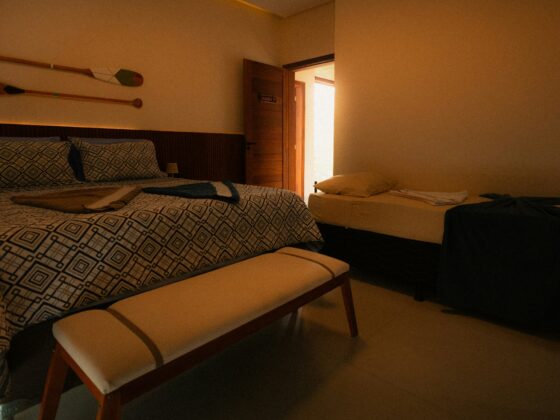
NEW YORK, New York—Preferred Hotels & Resorts shared the results of a three-year U.S. Performance Report, which evaluated the performance of 98 Preferred-affiliated hotels in North America for the period from 2022 to 2024. The study was conducted by HVS.
“The findings reinforce the strategic advantage of affiliating with Preferred Hotels & Resorts, as our performance is not reliant on a single stream, but equally weighted across five key revenue drivers, which include loyalty, marketing, as well as group, leisure, and corporate sales,” said Michelle Woodley, president for Preferred Hotels & Resorts. “By harnessing the strength of our global operating scale and a strong balance of performance, we continue to provide our members with a diversified advantage that safeguards revenue streams, drives RevPAR penetration, and delivers exceptional results that consistently outpace competitors, further proving the long-term value of the independent model.”
For the analysis, the hotels were categorized into three distinct groups: primary markets, secondary and tertiary markets, and resort markets. Utilizing data provided by STR, which assembled Occupancy, Average Daily Rate (ADR), and Revenue Per Available Room (RevPAR) data to analyze the performance of Preferred Hotels & Resorts member properties, the HVS study found Preferred properties outperformed their competitive sets across all three categories over the three-year period studied (2022-2024) when analyzing occupancy and ADR.
Key Findings:
- The report cited resort hotels as the strongest relative performers, with Preferred-affiliated hotels ranging from 136 percent to 139 percent RevPAR Index versus their competitive sets. Both occupancy and ADR drove the overperformance—with transient share benefiting from superior ADR and occupancy, while group performance was driven more by ADR premiums.
- Primary market hotels affiliated with Preferred Hotels & Resorts reported a RevPAR Index ranging from 111 percent to 119 percent, driven consistently by ADR premiums. In this category, transient occupancy also performed especially well while being able to maintain a high ADR supported by the continually growing base of I Prefer Hotel Rewards loyalty program members.
- Preferred-affiliated hotels in secondary and tertiary markets indicated outsized RevPAR indexes, ranging from 102 percent to 107 percent.
- The study also showed that Preferred Hotels & Resorts’ cost to hotels equated to less than 1.7 percent of gross rooms revenue, on average, as compared to the roughly 11 percent of gross rooms revenue charged by other luxury, upper upscale, and upscale brands.







